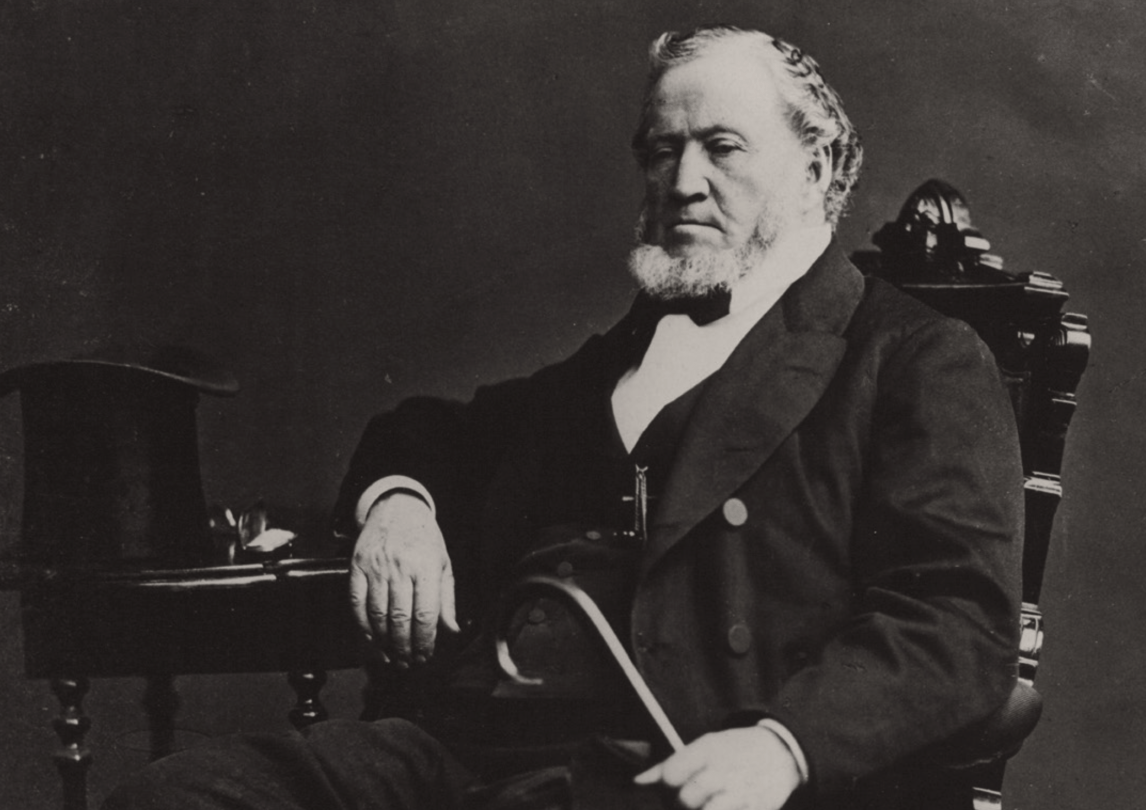Preserving Pioneer History
$10,000 Needed
Like humans, objects can also have their 15 minutes of fame. Pipe Spring has one such object used for a seminal event in the history of the Church of Jesus Christ of Latter-day Saints (LDS). Brigham Young, second president of the LDS church, was the major impetus behind the settlement of the Utah Territory and beyond. Pipe Spring, which served as an LDS tithing ranch and a stop along the Honeymoon Trail, played a part in that settlement story.
In the twilight of his life, Brigham Young was able to witness the dedication of the St. George Temple in April 1877, the first LDS temple finished west of the Mississippi River. Afflicted with gout at the time of the dedication, Young could hardly walk and was carried in a chair into the temple for the dedication proceedings.
Zion National Park received the chair in 1929, and in 1962 transferred it to Pipe Spring due to its historical connection to the monument. The short, pine wood chair features gold paint accents, four decorative balls carved between the narrowest back slats, and a wide, deep seat. The seat, made of woven rush, is what needs the most work and will require the attention of a skilled conservator to stabilize and repair nearly 100 years of natural deterioration. Pipe Spring staff remarked that the chair reflects a style Young would have been familiar with as a cabinet maker in Vermont, and speculate that local cabinet maker Thomas Cotton most likely made the chair specifically for the St. George Temple.
Pipe Spring National Monument’s staff will send the chair to Harper’s Ferry, West Virginia, where National Park Service furniture conservation specialists will complete the stabilization process. The process will not restore the chair back to mint condition, as this would be impossible, but it will stabilize the chair so it can be safely put on display. Conservators will thoroughly assess the chair and use specialized materials to repair and replace damaged areas.
Funding for this project will enhance efforts to bring to restore Pipe Spring’s old artifacts and stories, and bring them to life. Pipe Spring National Monument hopes to have the chair stabilized and put it on display in time for the monument’s centennial celebration this year. Going hand in hand with the Brigham Young chair, Pipe Spring National Monument also hopes to soon restore a table and stool once owned by James Whitmore, the first Mormon settler to reside in what is now called Pipe Spring.

